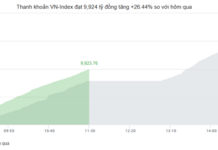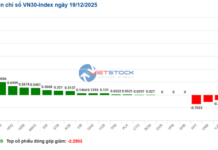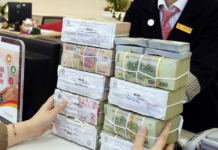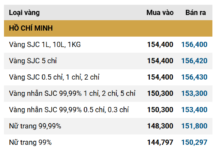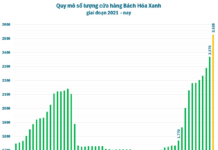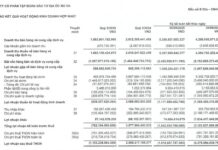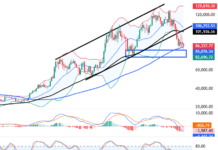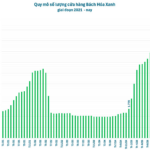Vietnam’s export turnover reached $14.64 billion in the first half of May, according to the General Department of Customs, a decrease of 8% compared to the second half of April.
This decline was due to a drop in exports of key products such as iron and steel, which fell by nearly $260 million; machinery, equipment, and parts, down by nearly $220 million; telephones and components, down by approximately $200 million; and wood and wood products, which decreased by $108 million.
However, from the beginning of the year until May 15, the total export turnover reached $138.6 billion, a 16% increase compared to the same period last year, equivalent to an additional $19.2 billion.
Notably, all ten of Vietnam’s largest export markets recorded positive growth, including the United States, Europe, China, ASEAN, South Korea, Japan, Hong Kong, India, Canada, and Australia.

The trade deficit in the first half of May continued to impact exchange rates.
On the other hand, imports during the first half of May reached $17.3 billion, an increase of 18% compared to the second half of April. This surge was mainly due to a significant rise in the import of certain product groups, such as computers, electronic products, and components; equipment and parts; and various types of fabric.
As a result, Vietnam unexpectedly recorded a trade deficit of over $2.6 billion in the first half of May. The previous time Vietnam experienced a trade deficit was in May 2022.
Nonetheless, from the beginning of the year until May 15, Vietnam’s trade balance still maintained a surplus of $6.36 billion, slightly lower than the figure of $6.9 billion in the same period last year.
Dr. Le Xuan Nghia, a member of the National Financial and Monetary Policy Advisory Council, shared with Tien Phong that the trade deficit at this time is a positive sign, indicating that the economy is on the path to recovery. Businesses are starting to increase imports of machinery and raw materials to serve production for both domestic consumption and exports.
Regarding import businesses, Dr. Nghia mentioned that they might face some pressure due to the appreciation of the VND/USD exchange rate, which results in higher costs for importing products.
“The State Bank has started to increase interbank interest rates to curb exchange rate increases and has sold $2.5 billion in foreign exchange reserves (out of reserves of over $100 billion) to meet market demand. Therefore, the current situation does not pose any significant issues,” said Dr. Le Xuan Nghia.
According to experts, the surge in import demand from businesses will impact the short-term demand for USD in the economy. However, this impact will gradually decrease as businesses complete their production cycles and move towards the sales phase, at which point foreign currency supply may increase due to export activities. Additionally, foreign currency supply could receive further support towards the end of the year due to remittances.

